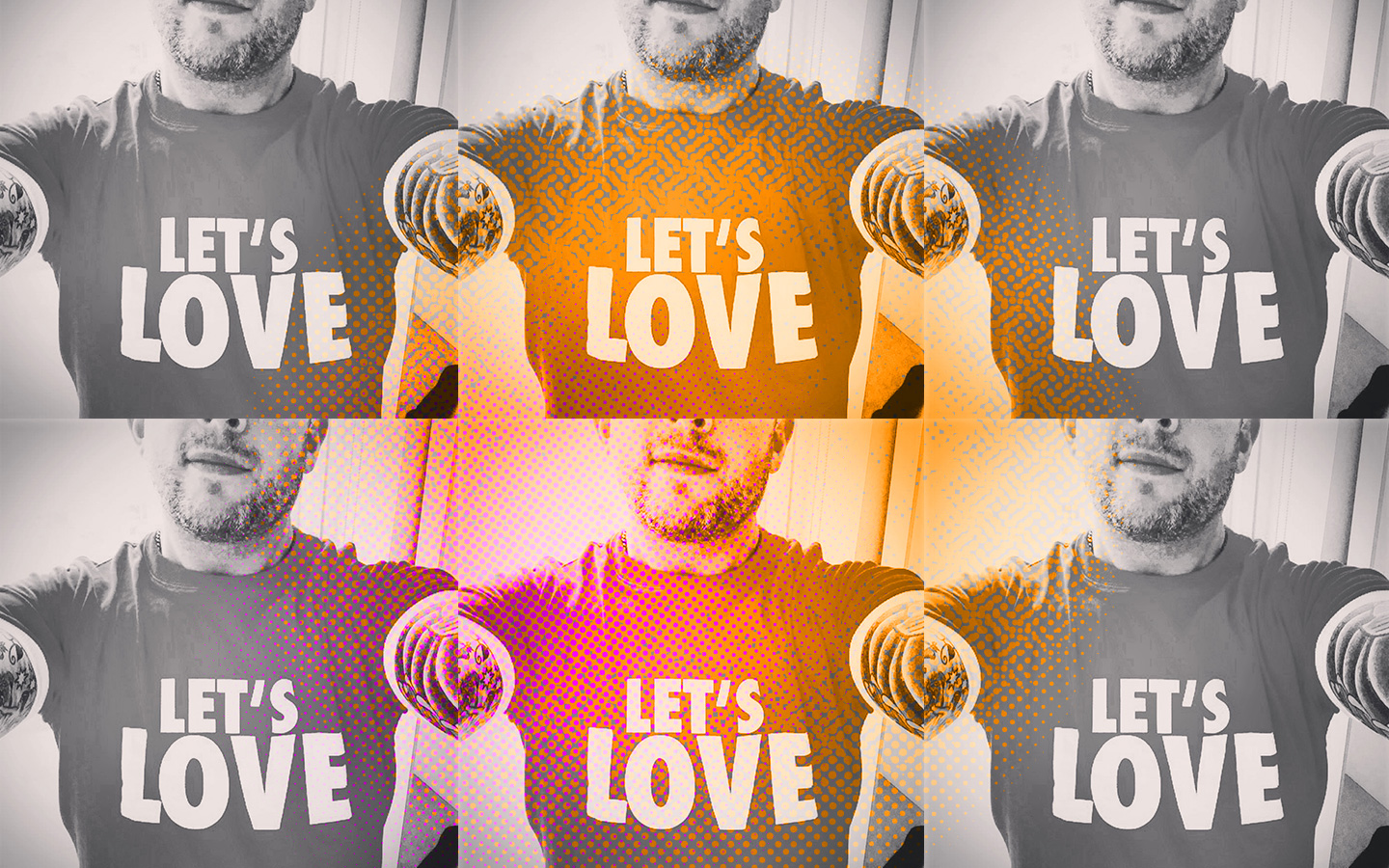In April 2020 the fabulous Emma Harris, The Chief at Glow London, published a thought-provoking article highlighting the need for more joined-upness between marketing and HR in the delivery of brand and business growth. The article positioned the importance of brand and culture, or brandculture as we at Glow have come to call it.
The article also talked about how together we revitalized the Eurostar brand and re-positioned it as an employer of choice. It wasn’t a smooth journey getting there though…
Emma and I met on April 19th 2004, in a poorly lit office at Eurostar’s then HQ at Waterloo International Station in London. I remember it so well. It was my first day at Eurostar which, like most first days anywhere, was a day of mixed emotions. I was so elated to have got the job that, in many ways, felt like my first ‘grown-up’ job having left the safety of the corporate machine of Marks & Spencer plc after 8 years. On the other hand I experienced a smoothie of harder feelings – disappointment, concern, and – dare I say it – regret.
Why? Well, at the time I was being recruited to join Eurostar as their Head of Organizational Development, its brand ambassadors were John Malkovich and Kylie Minogue. It felt like a dream come true. Here was this cool company taking travellers to romantic and dynamic destinations and business executives to land deals across Europe with the Pop Princess herself making those same trips.
Then I joined as an employee. OMGSH I felt like I had walked into a cultural brick wall. The internal experience did not match – in any way shape or form – the experience I had been led to believe I would have by Eurostars marketing and external messaging.
Urgh. I had two choices. Do I skidaddle quickly and hope M&S would take me back or do I decide to stay and work on narrowing the delta between the brand and employee experience? I chose the latter. Why? Meeting Emma I knew I had found an accomplice. I knew that great things were possible. I knew we could play a transformational game. What I didn’t know then was that this meeting was the start of a perfect marriage between Marketing and HR. And the rest is history…
In Emma’s article she says,
“If you’re going to ‘walk the walk’ on culture, which is traditionally the responsibility of HR, that culture needs to be built completely and utterly around the brand promise”
and I couldn’t agree more. There is no difference between ‘external’ and ‘internal’ comms any more and in today’s cancel culture any organization better be laser focussed in joining-up what they say to their consumer and how they treat their employees. Whoever has responsibility for each in an organisation needs to be in lockstep. It doesn’t matter where it sits, it just matters that each recognises that the other is intrinsic to its success. Take for instance the backlash for organisations who engage in pinkwashing, a practice by which they slap a rainbow on their logo in June each year to recognise Pride but have zero policies supporting the LGBTQIA2+ community and no representation from the queer folx in the places where key decisions are being made.
HR folk often talk about ‘employer brand’ and, without saying it directly, what they are talking about is ensuring that their employees don’t experience the same workplace-culture-brick-wall that I did when I joined Eurostar.
I have spent the last 25 years helping organisations around the world and in multiple sectors to articulate their workplace cultures and to bring them to life in meaningful and tangible ways for their people. Here’s my starter for ten:
Remembering that Peter Drucker once famously said, “Culture eats strategy for breakfast”, it’s important to recognise that your workplace is gonna have a culture whether you want one or not. This begs the question, “Do you want your workplace culture to be accidental, or do you want it to be intentional?” If it’s the latter read on…
First things first, when you’re building an intentional culture you need to hold true a key principle, which is what you do is only as good as it is because of how you do it. You have to place equal importance in the ‘doing’ of the work as you do the ‘being’ (i.e. relationships, behaviors, and team health). Any workplace culture will be shaped by the worst behavior you are willing to tolerate in an employee, which is why you cannot not place an equal 50/50 focus on the what and the how. It’s as simple and as fundamental as that.
In order to do that successfully you need a framework and infrastructure, or as I refer to it, a cultural fabric. Cultural fabric is a term I use to describe the articulation of the aspects of corporate life that aren’t the culture but that drive the culture – artefacts and objects like the mission, vision, values, and behaviours which are a representation of, or an articulation of, your company’s brand.
Your cultural fabric then becomes the platform from which you articulate your people proposition. A people proposition is the promise you make to your people about how the brand comes to life for them in the day-to-day experience of working at your company. Your people proposition is then used to feed the development of organizational policy, process, and programming so that the brandculture is manifest in real and meaningful ways at each employee touchpoint.
Employee touchpoints are the aspects of organisational life that impact the team members’ attitudes, decisions, and beliefs about their work, the brand, and the brand’s consumers. Employee touchpoints will be different from company to company, but the brandculture should always be brought to life through these essential people processes – recruitment and selection, onboarding, learning and development, performance development, talent planning, as a minimum. But the really smart (and successful) organizations also want to ensure they bring their brandculture to life through other touchpoints like internal communications, IT, the built environment, and HR policy.
Finally, I want to talk about leadership and reiterate the principle of ‘doing’ and ‘being’ I mentioned above and re-emphasise that any workplace culture will be shaped by the worst behavior you are willing to tolerate. This is especially true for your leaders. People who hold senior positions, who make decisions, and who influence the day-to-day lives of your employees will make or break your brandculture depending on how they show-up. To that end, it is crucial to remember that leadership is a behavior not a title and that being a leader has zero, nothing, zilch to do with a pay grade and everything to do with the extent to which you have followers and whether or not those followers believe in you and believe in the direction of travel you are taking them. This is true for anyone who supervises the work of another human. Period.




